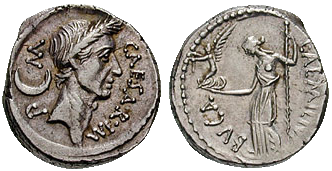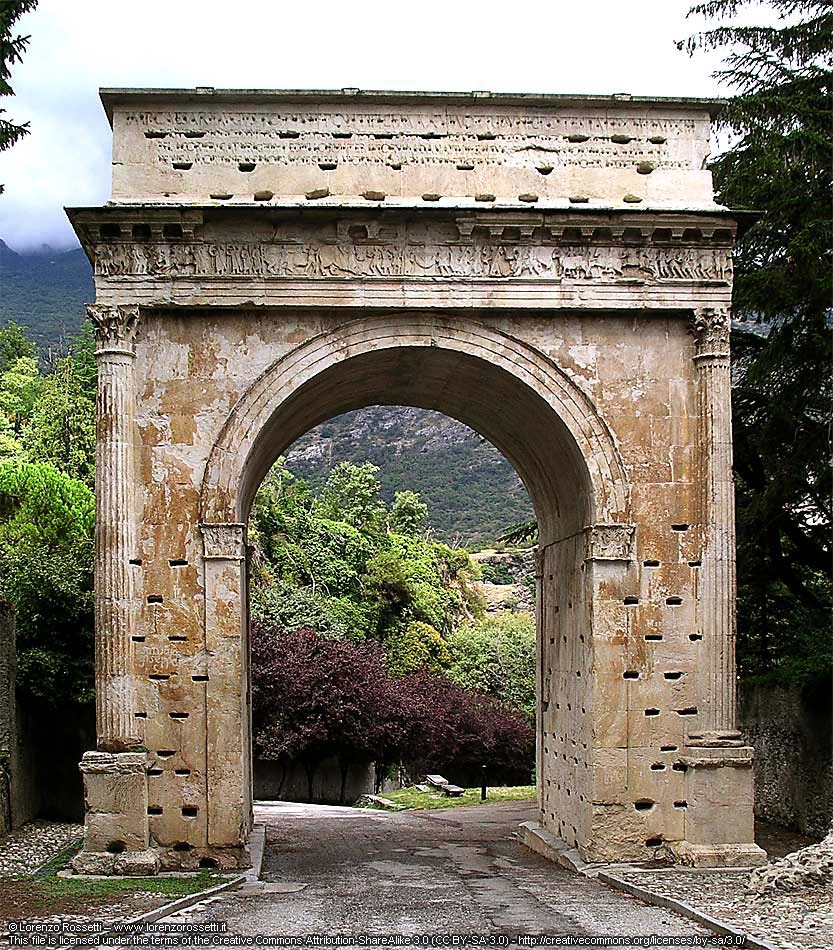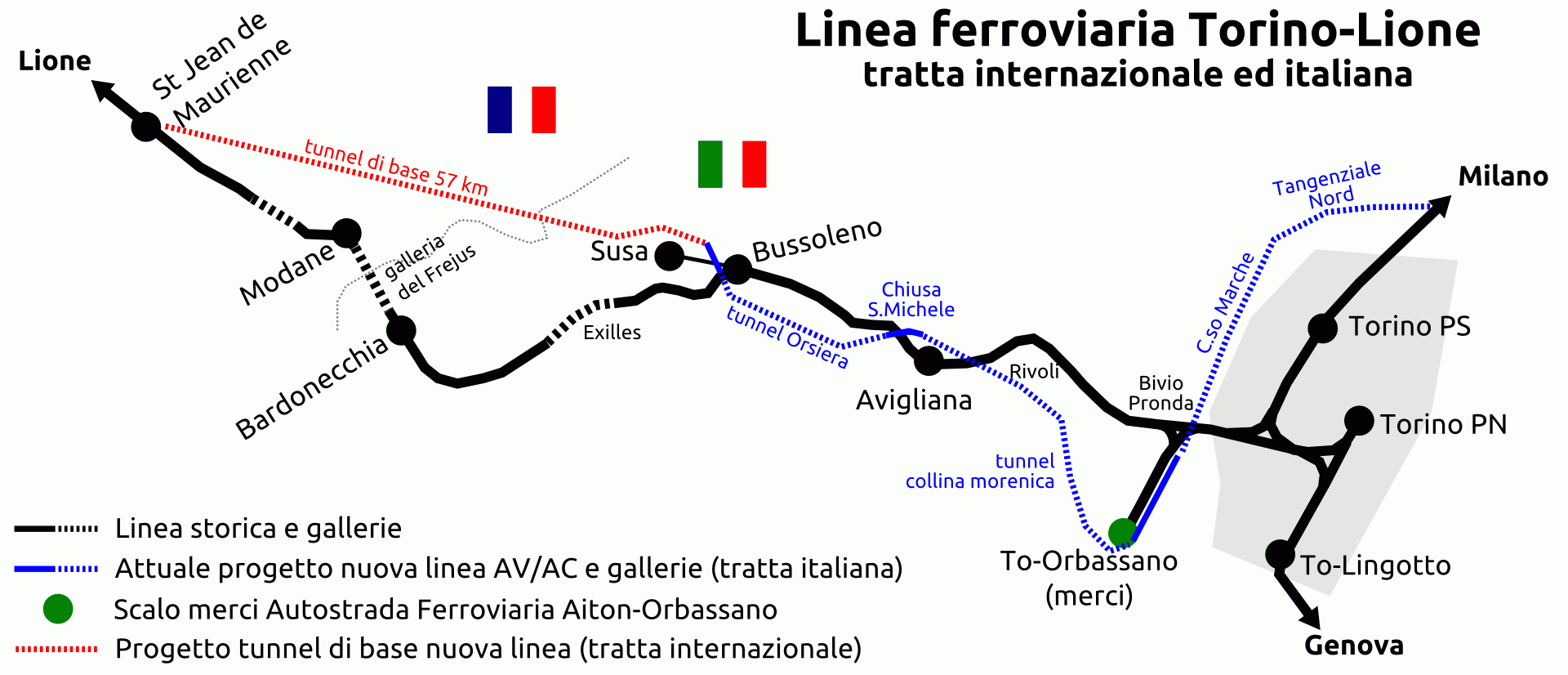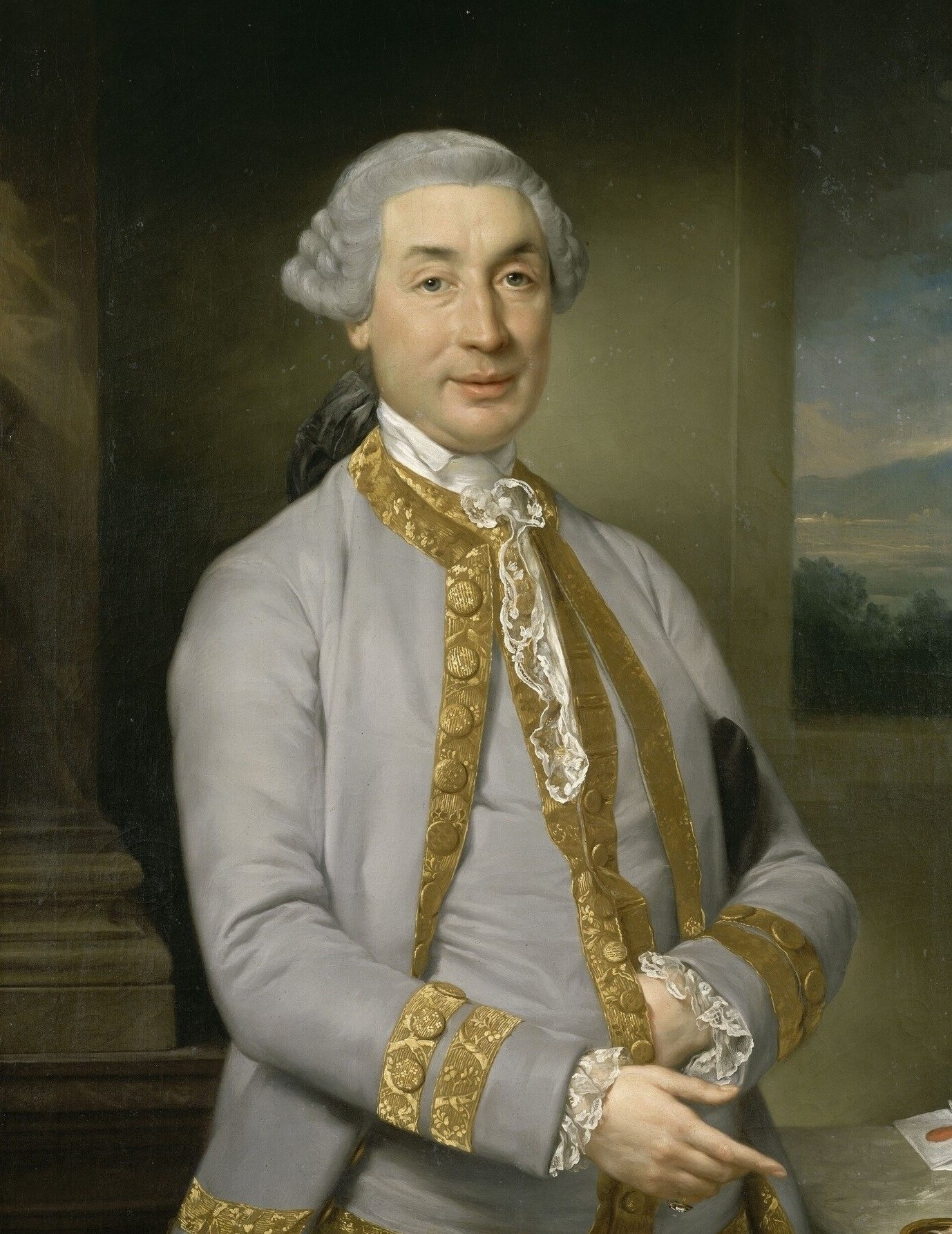|
Segusio
Susa (, , ) is a town and ''comune'' in the Metropolitan City of Turin, Piedmont (Italy), Piedmont, Italy. In the middle of Susa Valley, it is situated on at the confluence of the Cenischia with the Dora Riparia, a tributary of the Po River, at the foot of the Cottian Alps, 51 km (32 mi) west of Turin. History Susa () was founded by the Ligures. It was the capital of the Segusini (also known as Cottii). In the late 1st century BC it became voluntarily part of the Ancient Rome, Roman Empire. Remains of the Roman city have been found in the excavations of the central square, the Piazza Savoia. Susa was the capital of the province of Alpes Cottiae. According to the medieval historian Rodulfus Glaber, Susa was "the oldest of Alpine towns". In the Middle and Modern ages, Susa remained important as a hub of roads connecting southern France to Italy. Taking part of the county or march of Turin (sometimes "march of Susa"). In 1167, Frederick I, Holy Roman Emperor and Beatrice I ... [...More Info...] [...Related Items...] OR: [Wikipedia] [Google] [Baidu] |
Piedmont
Piedmont ( ; ; ) is one of the 20 regions of Italy, located in the northwest Italy, Northwest of the country. It borders the Liguria region to the south, the Lombardy and Emilia-Romagna regions to the east, and the Aosta Valley region to the northwest. Piedmont also borders Switzerland to the north and France to the west. Piedmont has an area of , making it the second-largest region of Italy after Sicily. It has 4,255,702 inhabitants as of 2025. The capital of Piedmont is Turin, which was also the capital of the Kingdom of Italy from 1861 to 1865. Toponymy The French ''Piedmont'', the Italian ''Piemonte'', and other variant cognates come from the medieval Latin or , i.e. , meaning "at the foot of the mountains" (referring to the Alps), attested in documents from the end of the 12th century. Geography Piedmont is surrounded on three sides by the Alps, including Monte Viso, Monviso, where the Po River, river Po rises, and Monte Rosa. It borders France (Auvergne-Rhône ... [...More Info...] [...Related Items...] OR: [Wikipedia] [Google] [Baidu] |
Rodulfus Glaber
Rodulfus (or Radulfus or Raoul Glaber; 985–1047), was an 11th-century Benedictine chronicler. Life Glaber was born in 985 in Burgundy. At the behest of his uncle, a monk at Saint-Léger-de-Champeaux (now Saint-Léger-Triey, Glaber was sent to a monastery at the age of twelve, but he was eventually expelled for disobedience. He spent much of his life moving from one monastery to another. He then entered Moutiers-Saint-Jean Abbey near Dijon, and around the year 1010, joined the Abbey of St. Benignus, also near Dijon. There he met the reform-minded cleric from Piedmont, Abbot William of Volpiano.MacErlean, Andrew. "Raoul Glaber." The Catholic Encyclopedia Vol. 6. New York: Robert Appleton Company, 1909. 25 June 2019 In 1028 he travelled to Italy with Volpiano, who encouraged to him write w ... [...More Info...] [...Related Items...] OR: [Wikipedia] [Google] [Baidu] |
Barnstaple
Barnstaple ( or ) is a river-port town and civil parish in the North Devon district of Devon, England. The town lies at the River Taw's lowest crossing point before the Bristol Channel. From the 14th century, it was licensed to export wool from which it earned great wealth. Later it imported Irish wool, but its harbour silted up and other trades developed such as shipbuilding, foundries and sawmills. A Victorian market building survives, with a high glass and timber roof on iron columns. Toponymy The name is first recorded in the 10th century and is thought to derive from the Early English ''bearde'', meaning "battle-axe", and ''stapol'', meaning "pillar", i.e. a post or pillar to mark a religious or administrative meeting place. The derivation from ''staple'' meaning "market", indicating a market from its foundation, is likely to be incorrect, as the use of ''staple'' in that sense first appears in 1423. Barnstaple was formerly referred to as "Barum", as a contraction of the L ... [...More Info...] [...Related Items...] OR: [Wikipedia] [Google] [Baidu] |
Adelaide Of Susa
Adelaide of Susa (also ''Adelheid'', ''Adelais'', or ''Adeline''; – 19 December 1091) was the countess of part of the March of Ivrea and the Marchioness of Turin in Northwestern Italy from 1034 to her death. She was the last of the Arduinici. She is sometimes compared to her second cousin and close contemporary, Matilda of Tuscany. Biography Early life Born in Turin to Ulric Manfred II of Turin and Bertha of Milan around 1014/1020, Adelaide's early life is not well known. Adelaide had two younger sisters, Immilla of Turin, Immilla and Bertha of Turin, Bertha. She may also have had a brother, whose name is not known, who predeceased her father. Thus, upon Ulric Manfred II's death (in December 1033 or 1034), Adelaide inherited the bulk of her father's property. This included property in the counties of Turin (especially in the Susa Valley), Auriate, and Asti. Adelaide also inherited property, but probably not comital authority, in the counties of Albenga, Alba, Bredulo an ... [...More Info...] [...Related Items...] OR: [Wikipedia] [Google] [Baidu] |
List Of Roman Amphitheatres
The remains of at least 230 Roman amphitheatres have been found widely scattered around the area of the Roman Empire. These are large, circular or oval open-air venues with raised 360 degree seating and not to be confused with the more common theatres, which are semicircular structures. There are, however, a number of buildings that have had a combined use as both theatre and amphitheatre, particularly in western Europe. Following is an incomplete list of Roman amphitheatre locations by country. See also * Roman architecture * Circus (building) * Arena * Stadium Related modern building structures * List of contemporary amphitheatres * List of association football stadiums by capacity * List of indoor arenas * List of stadiums The following are lists of stadiums throughout the world. Note that horse racing and motorsport venues are not included at some pages, because those are not stadiums but sports venues. Combined lists * List of stadiums by capacity * List of .. ... [...More Info...] [...Related Items...] OR: [Wikipedia] [Google] [Baidu] |
Caesar Augustus
Gaius Julius Caesar Augustus (born Gaius Octavius; 23 September 63 BC – 19 August AD 14), also known as Octavian (), was the founder of the Roman Empire, who reigned as the first Roman emperor from 27 BC until his death in AD 14. The reign of Augustus initiated an imperial cult and an era of imperial peace (the or ) in which the Roman world was largely free of armed conflict. The Principate system of government was established during his reign and lasted until the Crisis of the Third Century. Octavian was born into an equestrian branch of the plebeian Octavia. Following his maternal great-uncle Julius Caesar's assassination in 44 BC, Octavian was named in Caesar's will as his adopted son and heir, and inherited Caesar's name, estate, and the loyalty of his legions. He, Mark Antony, and Marcus Lepidus formed the Second Triumvirate to defeat the assassins of Caesar. Following their victory at the Battle of Philippi (42 BC), the Triumvir ... [...More Info...] [...Related Items...] OR: [Wikipedia] [Google] [Baidu] |
Arch Of Augustus (Susa)
The Arch of Augustus is an important monument constructed in the city of Susa, Piedmont, in the province of Turin. It was originally built at the end of the 1st century BC to record the renewed alliance between Emperor Augustus and Marcus Julius Cottius, a Celto-Ligurian ruler who had been made king and Roman prefect of the Cottian Alps. The arch, together with other remains from the period, such as the Roman amphitheatre and a Roman aqueduct, underscore the importance that the city of Susa had during the Roman period. Description From above, the arch forms a rectangle 11.93 metres long and 7.3 metres wide. It rests on two large bases and there is only one archway. The white marble of the arch was sourced from a nearby quarries at Fornesto and Tre Piloni. The arch has a unique arcade, in which the archivolt is supported by pilasters. The entablature rests on four Corinthian columns placed at the extremities of each corner, such that a quarter of each drum is embedded in the m ... [...More Info...] [...Related Items...] OR: [Wikipedia] [Google] [Baidu] |
Susa Cathedral
Susa Cathedral (, or ''Duomo di Susa'') is a Catholic cathedral in Susa, Piedmont, in northern Italy. It is the seat of the Bishop of Susa and is dedicated to Saint Justus of Novalesa (). In origin it was the church of the Benedictine Abbey of St. Justus, established in 1029 by Marchese Olderico Manfredi to house the newly discovered relics of Saint Justus. The church was built around 1100 and has since been refurbished and restored several times. It was not until 1772 that the bishopric of Susa was created from the territory of the abbey, previously a territorial abbacy, and at that point the abbey church was made the cathedral of the new diocese. The cathedral is a Romanesque style building. The façade has terracotta decorations and is joined to a Roman gate of the 4th century, the ''Porta Savoia'', to the south. Halfway along the south side stands the campanile, with six levels of mullioned windows. The interior is on the Latin Cross plan, with three aisles. It contains a ... [...More Info...] [...Related Items...] OR: [Wikipedia] [Google] [Baidu] |
Susa Anfiteatro
Susa ( ) was an ancient city in the lower Zagros Mountains about east of the Tigris, between the Karkheh and Dez Rivers in Iran. One of the most important cities of the Ancient Near East, Susa served as the capital of Elam and the winter capital of the Achaemenid Empire, and remained a strategic centre during the Parthian and Sasanian periods. The site currently consists of three archaeological mounds, covering an area of around . The city of Shush is located on the site of ancient Susa. Name The name Susa is of Elamiate origin and has appeared in many languages: *Middle *Middle and Neo- *Neo-Elamite and Achaemenid *Achaemenid * * * * or *New * Literary references Susa was one of the most important cities of the Ancient Near East. In historic literature, Susa appears in the very earliest Sumerian records: for example, it is described as one of the places obedient to Inanna, patron deity of Uruk, in ''Enmerkar and the Lord of Aratta''. Biblical texts ... [...More Info...] [...Related Items...] OR: [Wikipedia] [Google] [Baidu] |
Turin–Lyon High-speed Railway
The Turin–Lyon high-speed railway is an international rail line under construction between the cities of Turin and Lyon, which is intended to link the Italian and French high-speed rail networks. It will be long, of which over will be tunneled. The core of the project is its long international section, which will cross the Alps through the Mont d'Ambin Base Tunnel between the Susa Valley in Piedmont and Maurienne in Savoie. At , that tunnel will be the longest rail tunnel in the world, ahead of the Gotthard Base Tunnel. The total cost of the line was estimated in 2016 to €25 billion, of which €8 billion was for the international section. The latter was updated to €11 billion in 2024 once most contracts were signed. The international section is the only part of the line where construction has started. Like the Swiss NRLA project, the line has twin aims of transferring freight traffic across the Alps from trucks to rail to reduce CO2 emissions as well as loca ... [...More Info...] [...Related Items...] OR: [Wikipedia] [Google] [Baidu] |
Napoleon Bonaparte
Napoleon Bonaparte (born Napoleone di Buonaparte; 15 August 1769 – 5 May 1821), later known by his regnal name Napoleon I, was a French general and statesman who rose to prominence during the French Revolution and led Military career of Napoleon, a series of military campaigns across Europe during the French Revolutionary and Napoleonic Wars from 1796 to 1815. He led the French First Republic, French Republic as French Consulate, First Consul from 1799 to 1804, then ruled the First French Empire, French Empire as Emperor of the French from 1804 to 1814, and briefly again in 1815. He was King of Italy, King of Kingdom of Italy (Napoleonic), Italy from 1805 to 1814 and Protector of the Confederation of the Rhine, Protector of the Confederation of the Rhine from 1806 to 1813. Born on the island of Corsica to a family of Italian origin, Napoleon moved to mainland France in 1779 and was commissioned as an officer in the French Royal Army in 1785. He supported the French Rev ... [...More Info...] [...Related Items...] OR: [Wikipedia] [Google] [Baidu] |
Henry Of Segusio
Henry of Segusio, usually called Hostiensis, (c. 1200 – 6 or 7 November 1271) was an Italian canonist of the thirteenth century, born at Susa (Segusio), in the ancient Diocese of Turin. He died at Lyon. Life He undertook the study of Roman law and canon law at Bologna, where he seems to have taught Canon Law, and to have taken his degree '' utriusque juris''. He taught canon law at Paris, and spent some time in England, whence King Henry III sent him on a mission to Innocent IV. Later he became Provost of the Cathedral Chapter of Antibes, and chaplain to the pope. He was promoted to the See of Sisteron in 1244, afterwards to the Archdiocese of Embrun in 1250. In 1259 he replaced the captured Filippo da Pistoia as papal legate in Lombardy. He became Cardinal Bishop of Ostia and Velletri on 22 May 1262, whence his name ''Hostiensis''. His health forced him to leave the conclave of 1268–1271, though he remained at Viterbo. He was not present at the compromise election ... [...More Info...] [...Related Items...] OR: [Wikipedia] [Google] [Baidu] |






